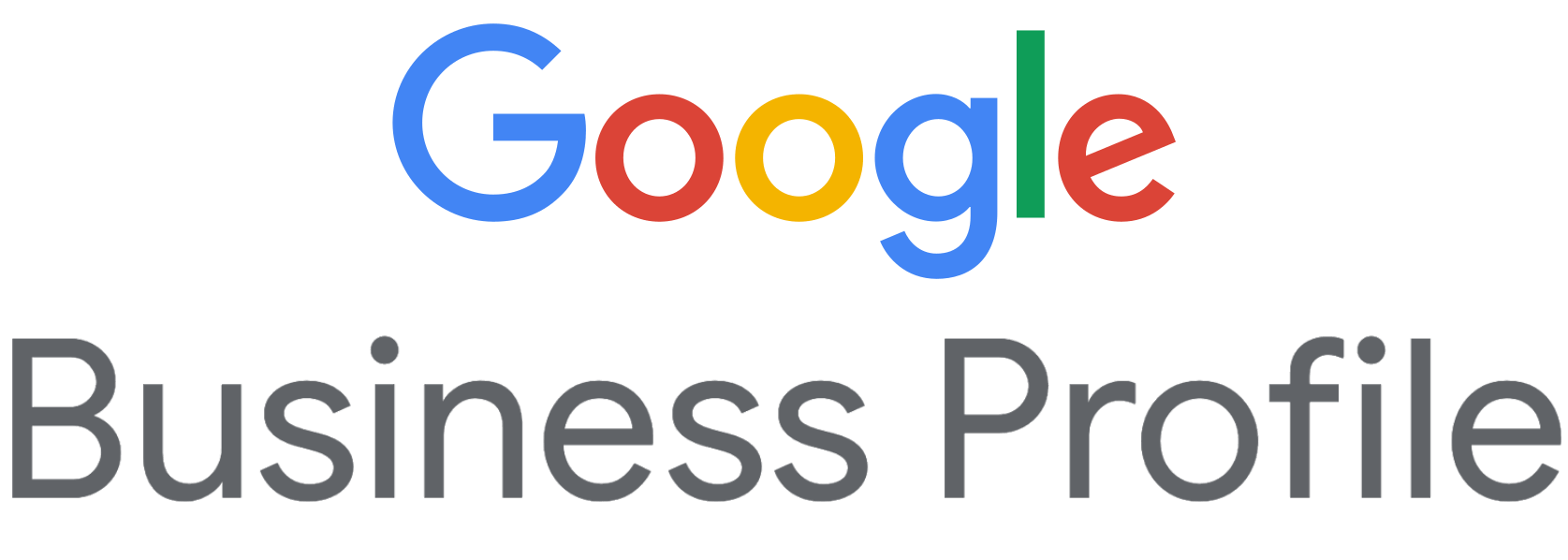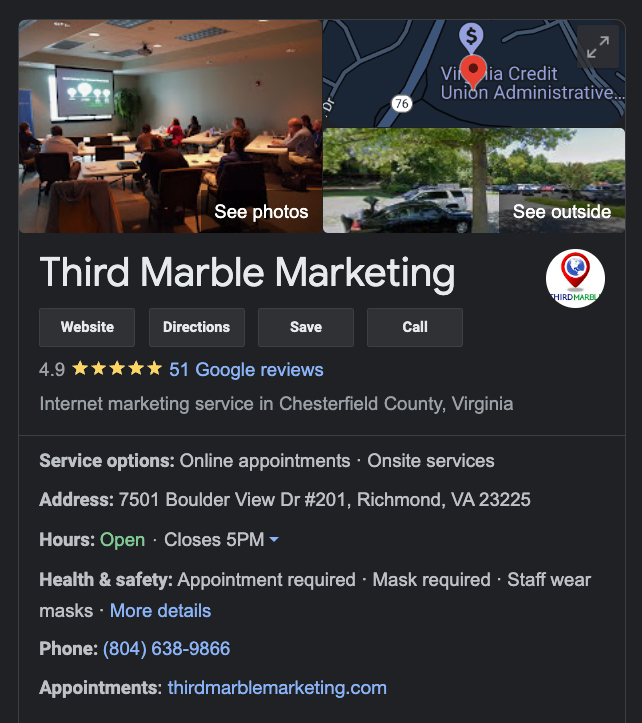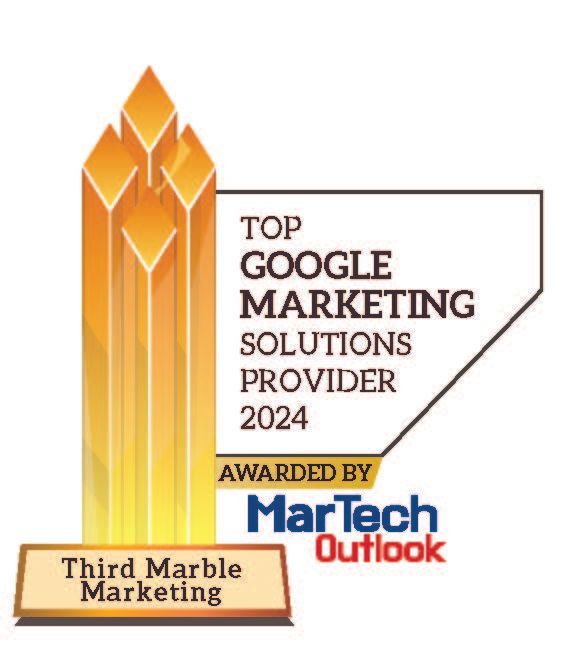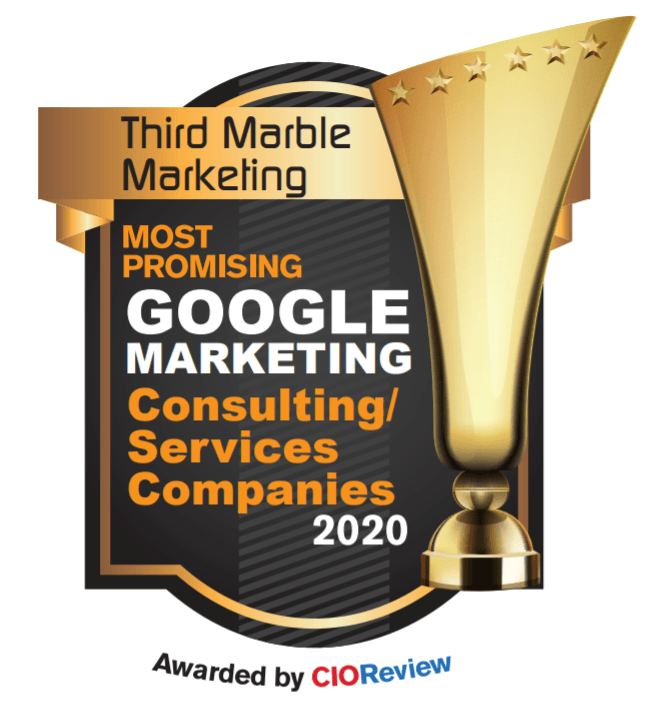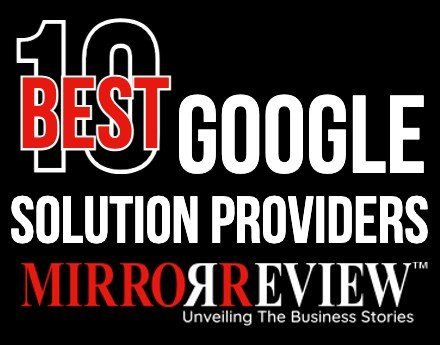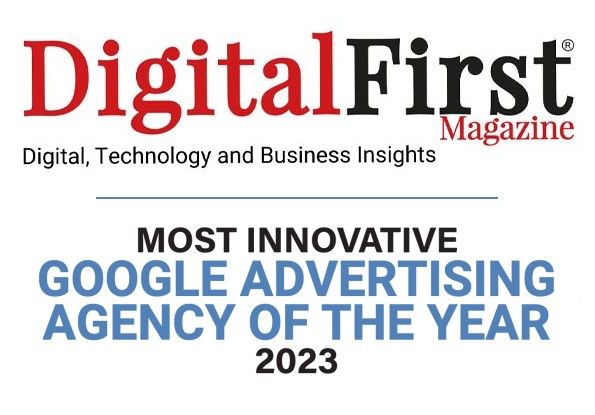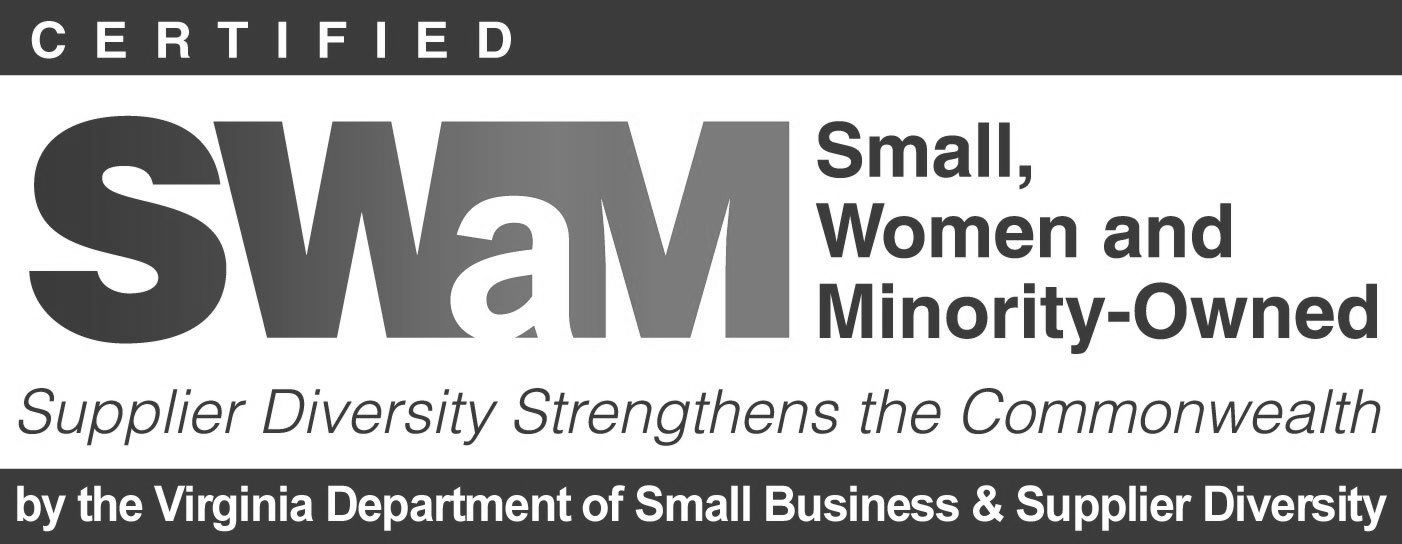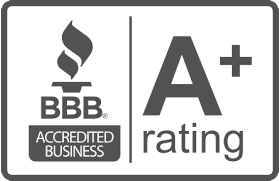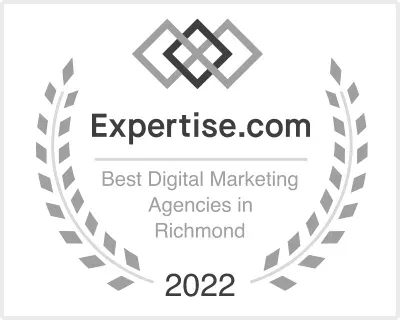The Ultimate Guide to Google Business Profile Optimization
Step-by-Step Guide to Optimizing Your Google Business Profile:
Your Google Business Profile (GBP) is a powerhouse for local SEO. Whether you're a budding local business or a seasoned marketer, a well-optimized GBP translates to increased visibility, customer engagement, and conversions. This guide will walk you through every aspect of GBP optimization, from initial setup to ongoing management.
1. Claim & Verify Your Google Business Profile
Before any optimization, you must establish ownership:
- Navigate to Google Business Profile Manager and log in.
- Search for your business to check for an existing listing.
- If found, click "Manage now" to claim it. Otherwise, create a new listing.
- Verify your business via postcard, phone, email, or instant verification (if eligible).
- Verification grants full control for updates and enhancements.
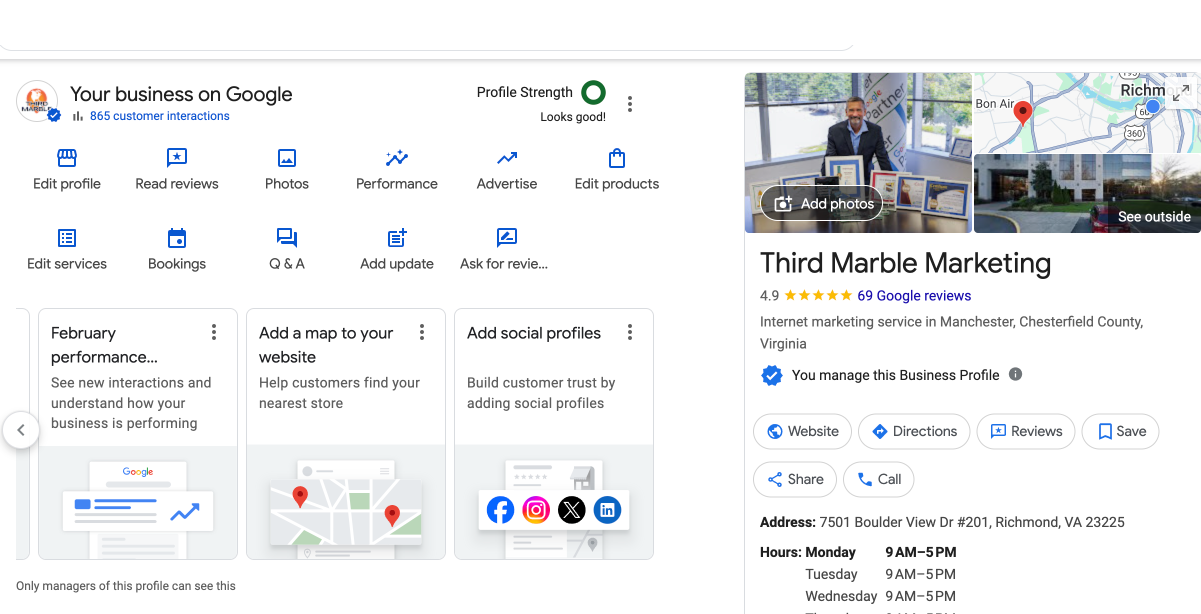
2. Optimize Your Business Information
A complete and accurate profile is crucial:
- Business Name: Use your official business name, consistent with signage and marketing. Avoid keyword stuffing.
- Address: Ensure precise and consistent address formatting across all platforms (Yelp, YellowPages, Facebook, etc.).
- Phone Number: Employ a local, trackable number, not a call center or toll-free line.
- Website: Link to your homepage or a targeted landing page for better tracking.
- Categories: Select primary and secondary categories that accurately reflect your business.
- Hours of Operation: Maintain up-to-date hours, including holiday schedules.
- Attributes: Highlight relevant features like "Free Wi-Fi," "Wheelchair Accessible," or "Outdoor Seating."
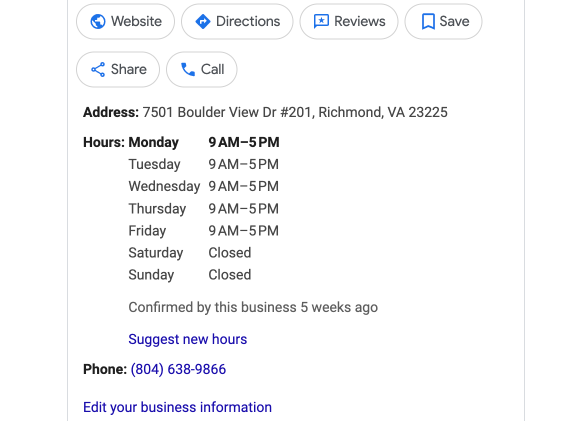
3. Leverage Visual Content:
Photos and videos drive engagement:
- Profile & Cover Photo: Use high-resolution, brand-representative images.
- Interior & Exterior Photos: Showcase your location's atmosphere.
- Product & Service Images: Feature your offerings with professional photos.
- Team Photos: Build trust with photos of your friendly staff.
- Videos: Utilize short, engaging videos (under 30 seconds) to boost interest.
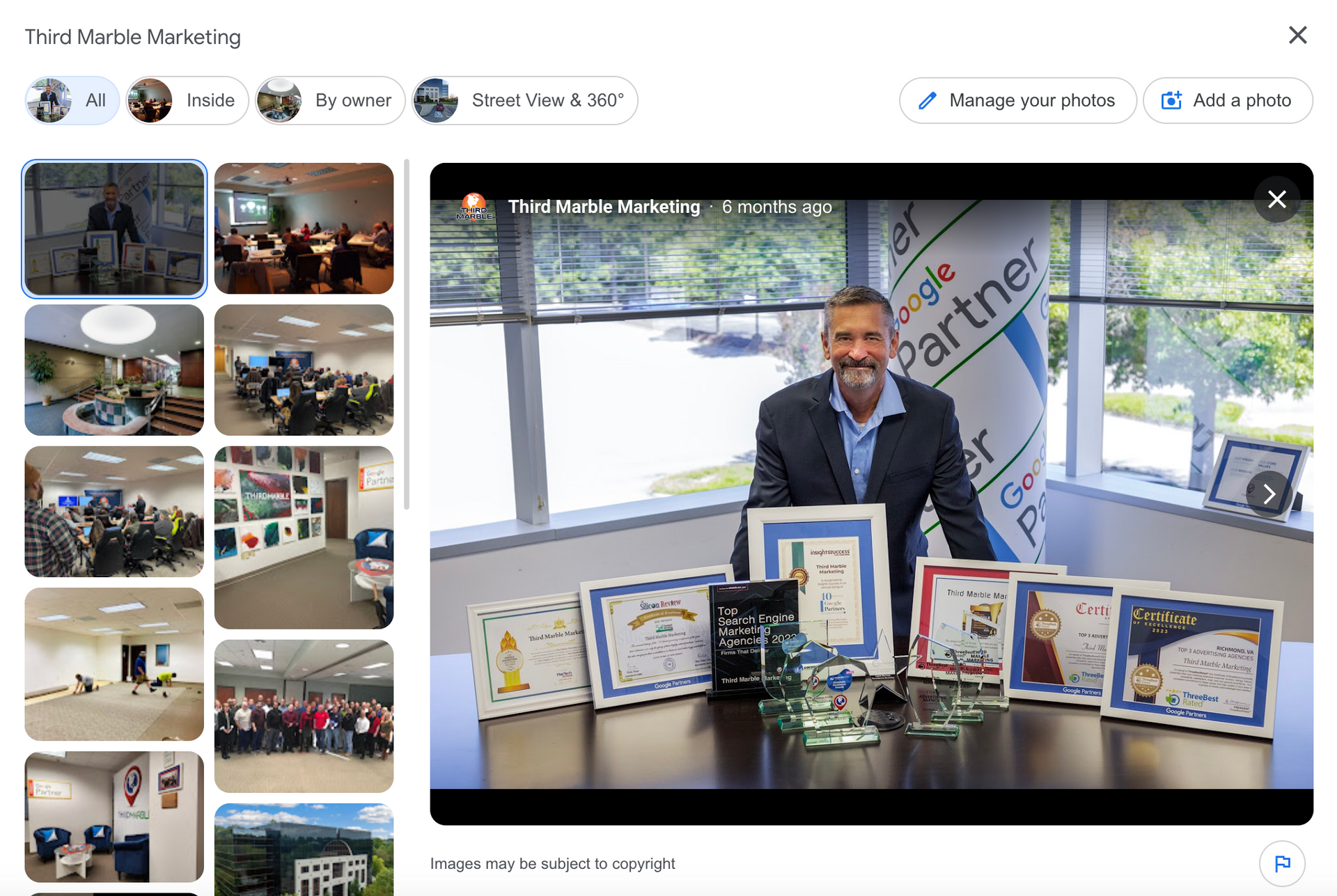
4. Craft a Compelling Business Description
Your description should be informative and engaging:
- Integrate relevant keywords naturally for local SEO.
- Clearly articulate your unique selling propositions.
- Stay within the 750-character limit, highlighting key details in the first 250 characters.
- Avoid promotional language, special offers, or misleading claims.
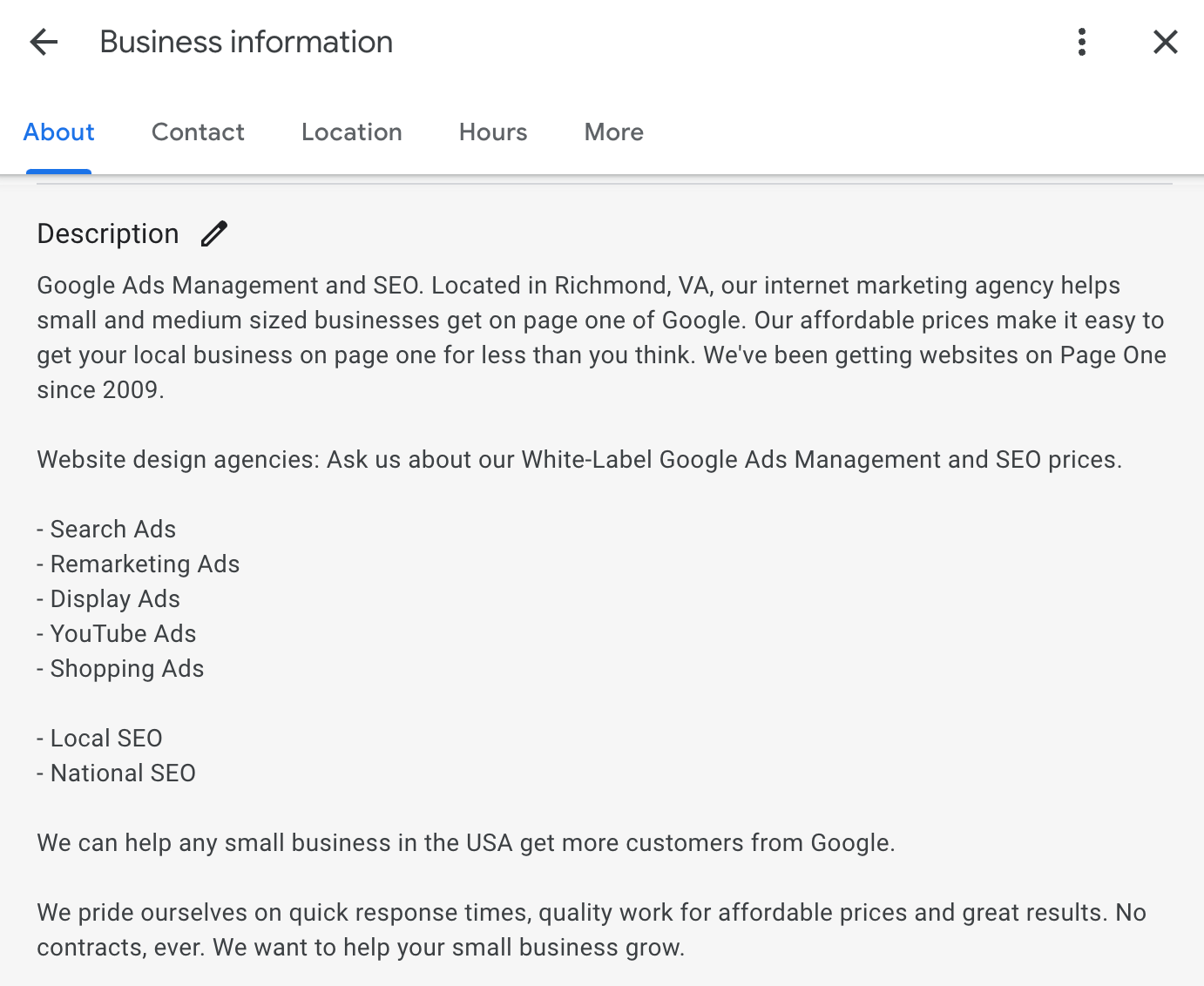
5. Master Review Management:
Reviews significantly impact your reputation and ranking:
- Encourage satisfied customers to leave reviews.
- Respond to every review, thanking positive reviewers and addressing negative feedback professionally.
- Incorporate keywords in responses to enhance search visibility.
- Report any fake or spam reviews to Google.
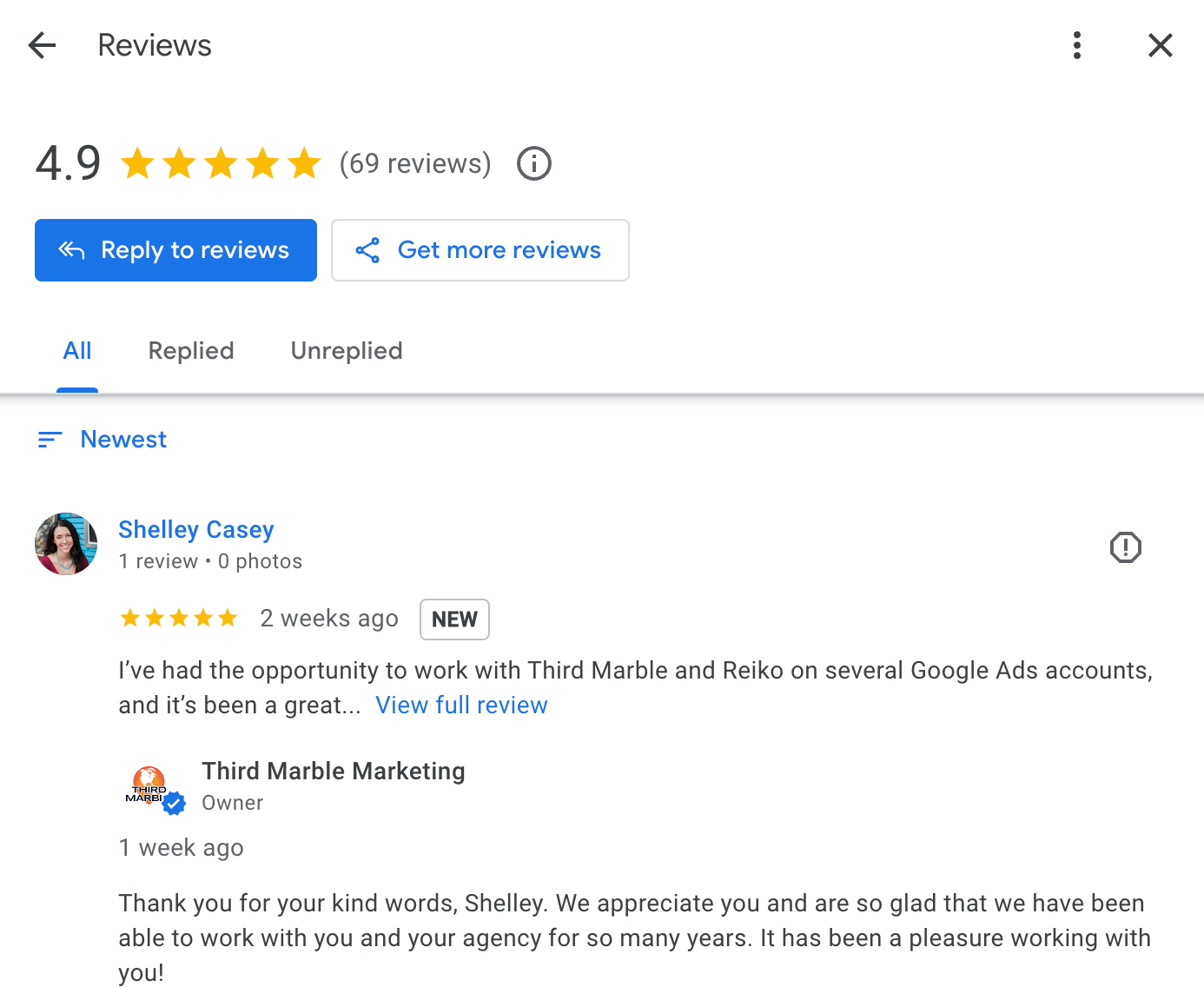
6. Be Proactive with Q&As:
The Q&A feature helps potential customers learn more:
- Monitor questions regularly and provide prompt, accurate answers.
- Upvote helpful answers to ensure they appear at the top.
- Proactively add FAQs to address common inquiries.
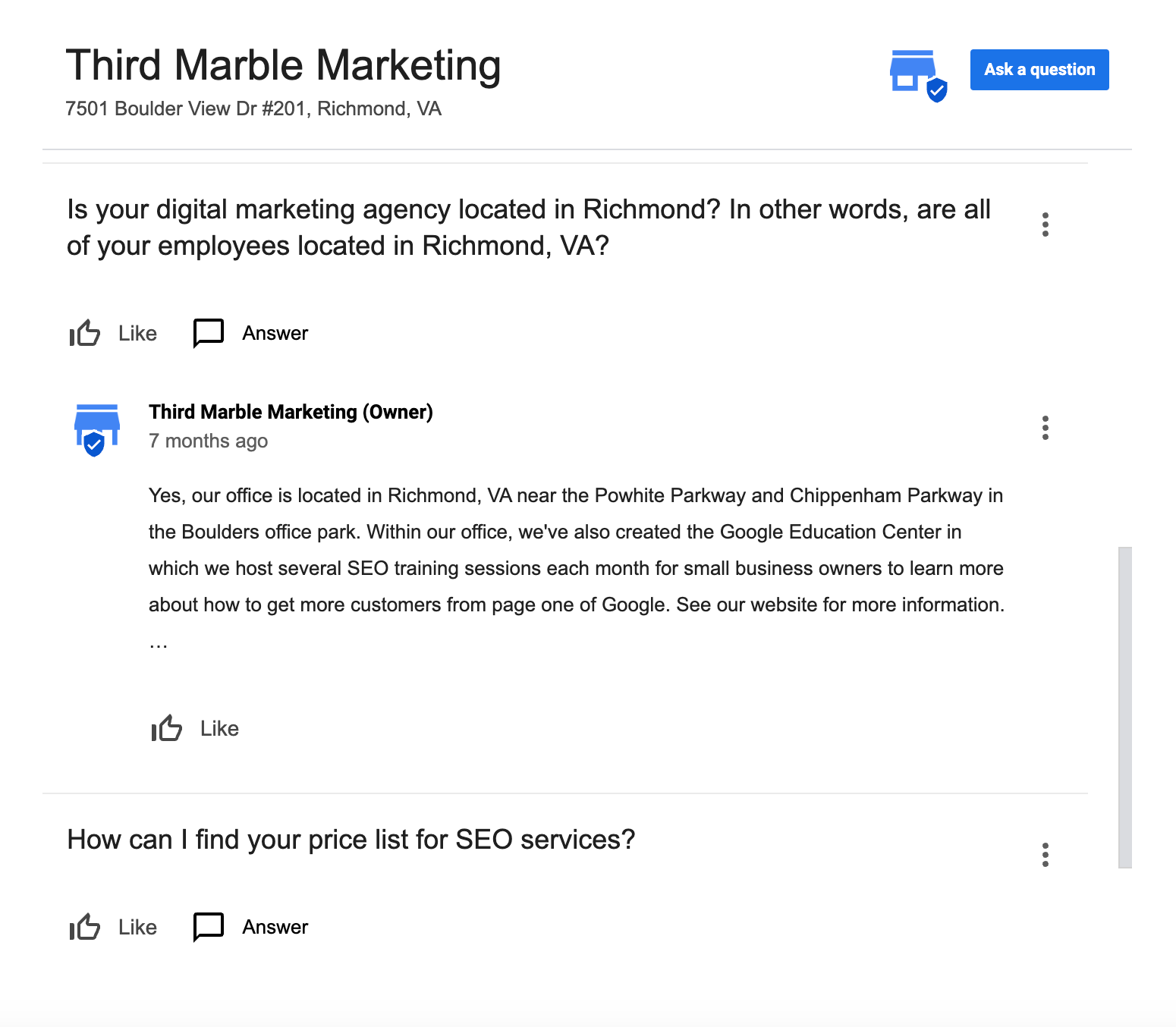
7. Utilize Google Posts:
Google Posts keep your profile dynamic:
- Post regularly with fresh, relevant content.
- Use high-quality images and videos for visual appeal.
- Include a clear call to action (CTA) to drive engagement.
- Highlight upcoming events and promotions with time-sensitive offers.
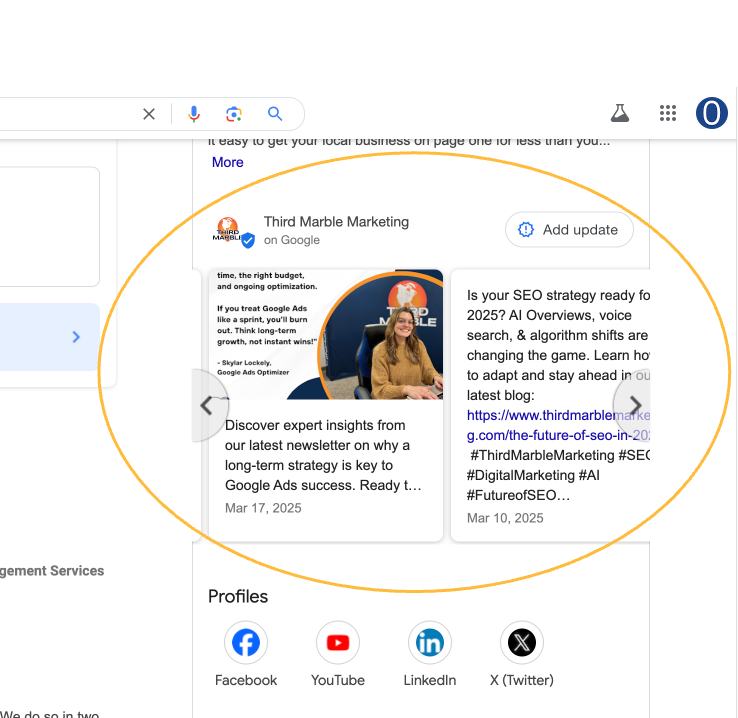
8. Optimize Products & Services:
Treat strategic keywords as products and services to drive targeted traffic and boost local SEO:
- Keyword as Offering: Treat strong, location-specific keywords as both "products" and "services." Example: "Deck Builder Richmond, VA."
- Service Description Focus: For services, write brief, detailed descriptions with relevant keywords. For example: "Expert deck construction in Richmond, VA. Custom designs to enhance your outdoor living."
- Product Links to Service Pages: To attract targeted traffic, treat strategic keywords as product listings. For instance, add 'Deck Builder Richmond, VA' as a distinct 'product' entry. Ensure this 'product' directly links to your website's dedicated service page. This approach optimizes search visibility and drives relevant users to your services.
- Product Details: Include descriptive text with keywords, and select an appropriate product category.
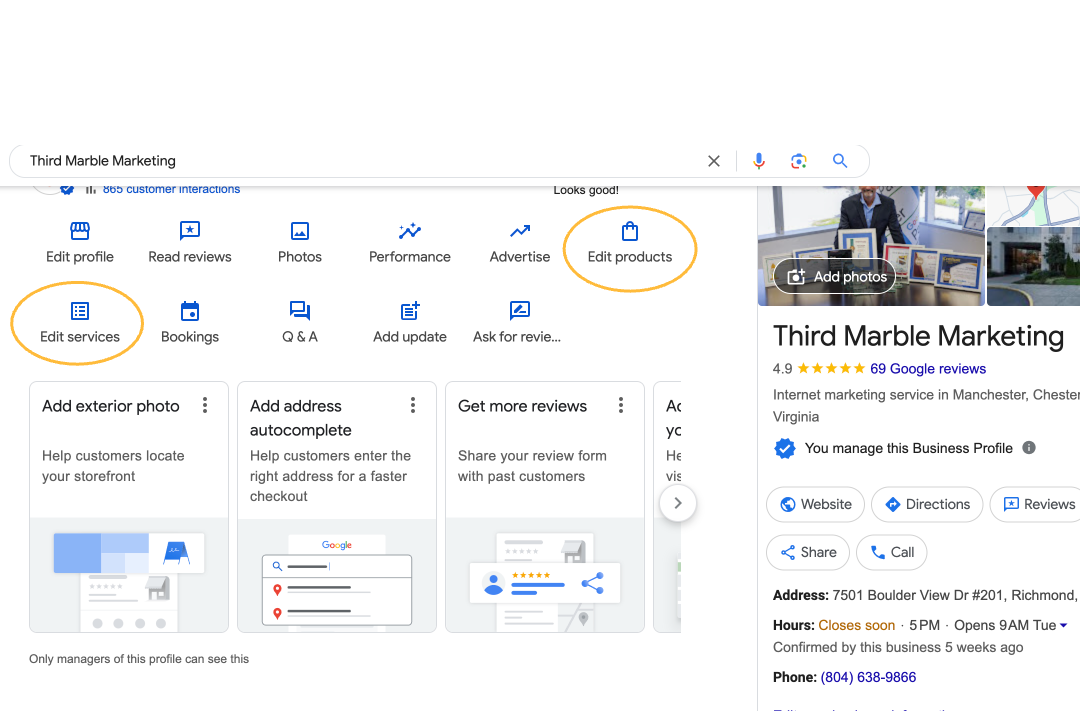
9. Build Consistent Citations for Local Authority
Citations are the mentions of your business’s name, address, and phone number (NAP) on external websites. They help to validate your business and improve local search rankings. Google cross-references citations across directories and other platforms to confirm legitimacy. Inconsistent or incorrect citations can weaken your local SEO and cause ranking fluctuations.
- Major Directories First: Start with high-authority platforms such as Yelp, BBB, Apple Maps, and data aggregators like Foursquare and Data Axle. These sources distribute business details across multiple networks.
- Local & Industry-Specific Listings: Get listed in local business directories, chamber of commerce websites, and niche-specific platforms. These citations reinforce relevance and credibility within your market.
- Consistency is Key: Ensure your NAP details match exactly across all citations. Variations in abbreviations, formatting, or phone numbers can confuse search engines and reduce visibility.
- Earn Organic Mentions: Gain citations through press releases, guest posts, and local blogs. These mentions provide additional authority and referral traffic while strengthening your search presence.
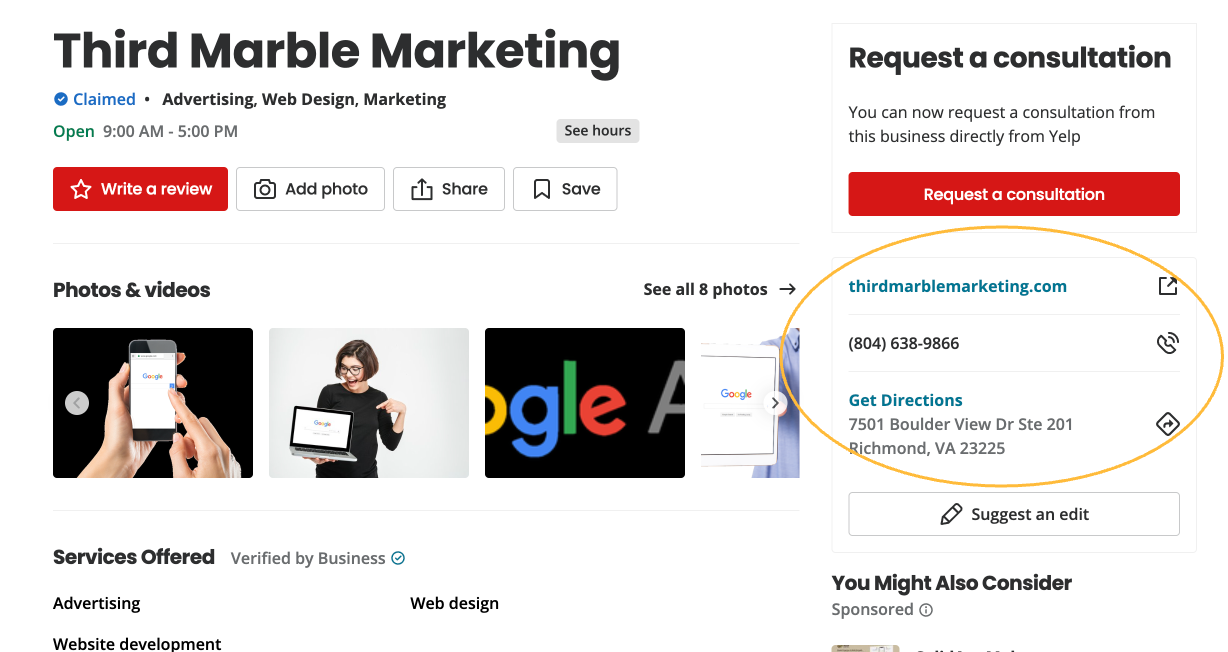
In Closing:
Maximize your local SEO impact with a powerful Google Business Profile. Claim, verify, and optimize your profile with accurate details, engaging visuals, and consistent Google Posts. Actively manage reviews and Q&A, strategically incorporate keywords, and build strong citations. Regular updates and monitoring will drive increased visibility, customer engagement, and conversions, fueling your business growth.
Ready to take your local SEO to the next level?
Let Third Marble Marketing help you unlock the full potential of your Google Business Profile. Contact us today for a free consultation and discover how we can drive more traffic and customers to your business!
Based in Richmond, VA? Take your Google Business Profile to the next level with our hands-on workshops! Learn expert strategies to improve your local search visibility and attract more customers. Learn More and start optimizing your GBP for success!







